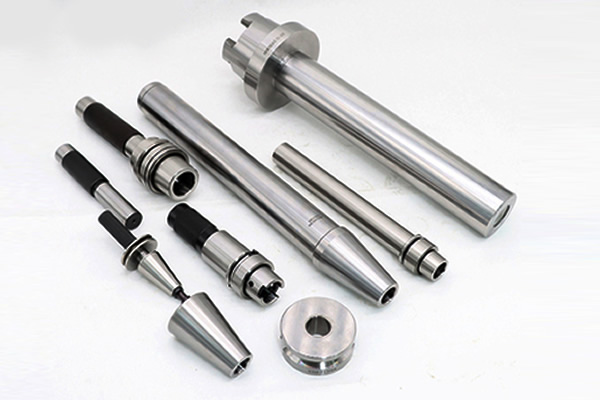
1、 Wear resistance
Mold working parts are subjected to forces such as friction and impact during use, so their wear resistance is an important performance indicator. Parts with good wear resistance can extend the service life of the mold and reduce the frequency of component replacement. Common methods to improve wear resistance include surface hardening, surface coating, material modification, etc.
2、 Hardness
Hardness refers to the ability of a material to resist forces such as scratches and indentations, and is an important indicator for measuring the mechanical properties of a material. For mold working parts, a certain hardness is required to ensure that they do not wear out too quickly on the contact surface. However, high hardness is not conducive to the processing, manufacturing, and use of parts, so it is necessary to choose materials within the correct hardness range.
3、 Resilience
Toughness refers to the ability of a material to absorb energy when subjected to impacts or distortions, and is an important indicator for measuring material toughness. For mold working parts, they need to have a certain degree of toughness, which can prevent mold parts from breaking or deforming due to instantaneous high stress during operation. Toughness can also affect the cracks and defects that occur during the use of molds.
4、 Accuracy
Mold working parts need to have a certain degree of accuracy to ensure the accuracy and consistency of the size and shape of the formed parts. Accuracy includes machining accuracy, assembly accuracy, and motion accuracy. Fine machining and strict inspection of parts are required during the manufacturing process to ensure accuracy meets the requirements.
5、 Other performance requirements
In addition to the above points, the working parts of the mold also need to have some other properties, such as corrosion resistance, thermal conductivity, conductivity, etc. These properties directly affect the service life and forming quality of the mold.
In summary, the performance requirements for mold working parts are very strict, requiring good wear resistance, hardness, toughness, and accuracy. Only with these properties can the normal use of the mold be guaranteed, the service life of the mold be extended, and the forming quality be improved.



